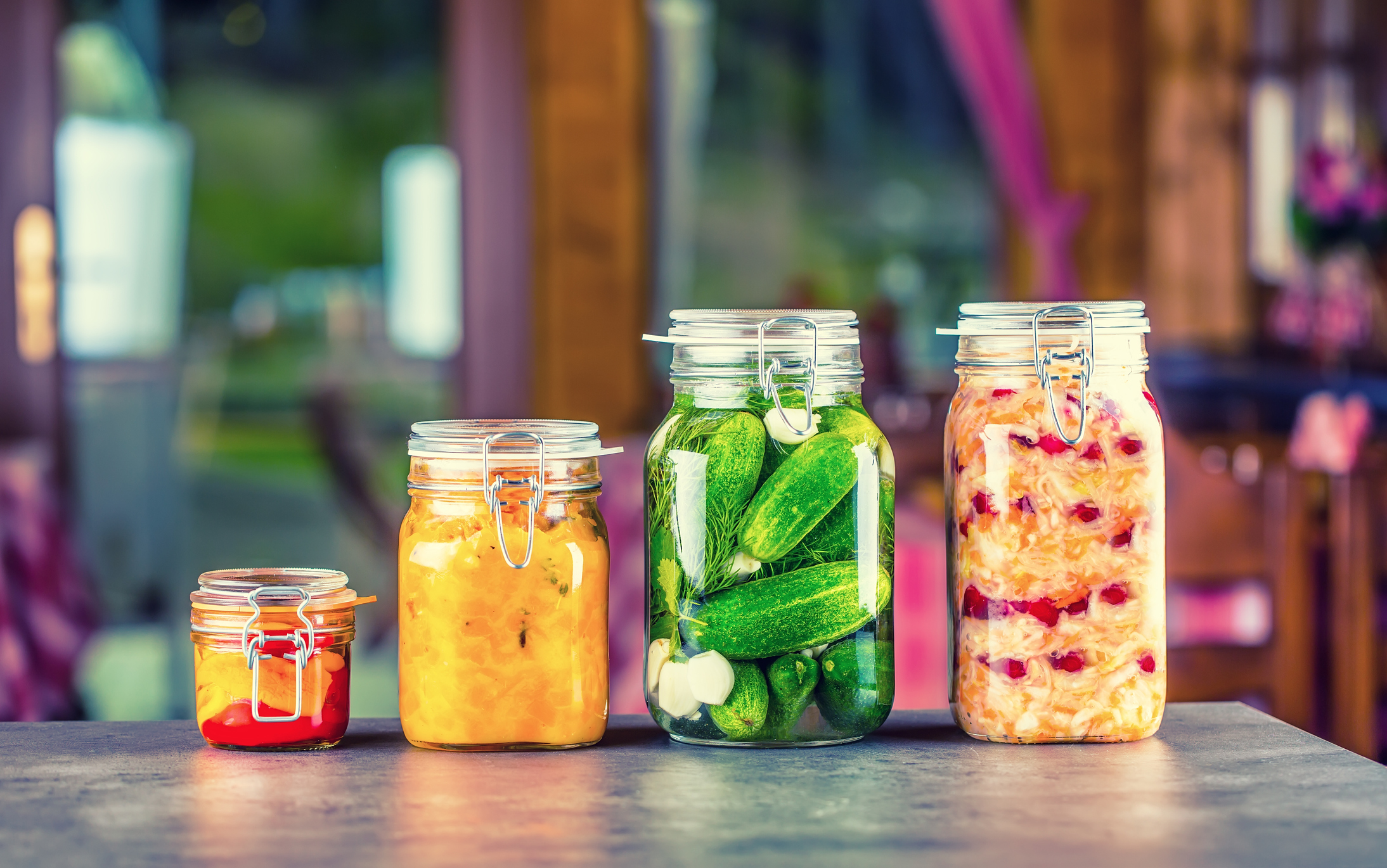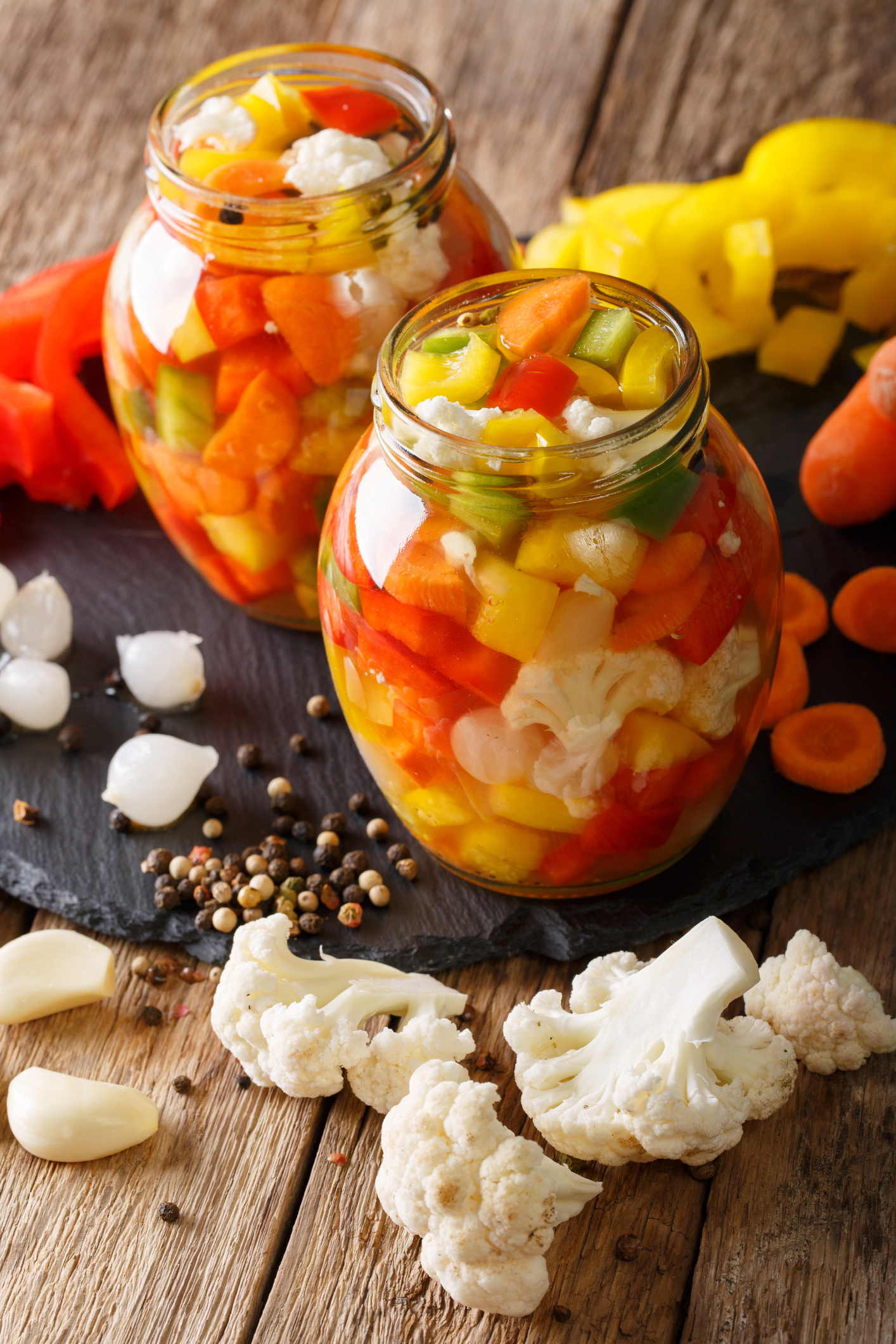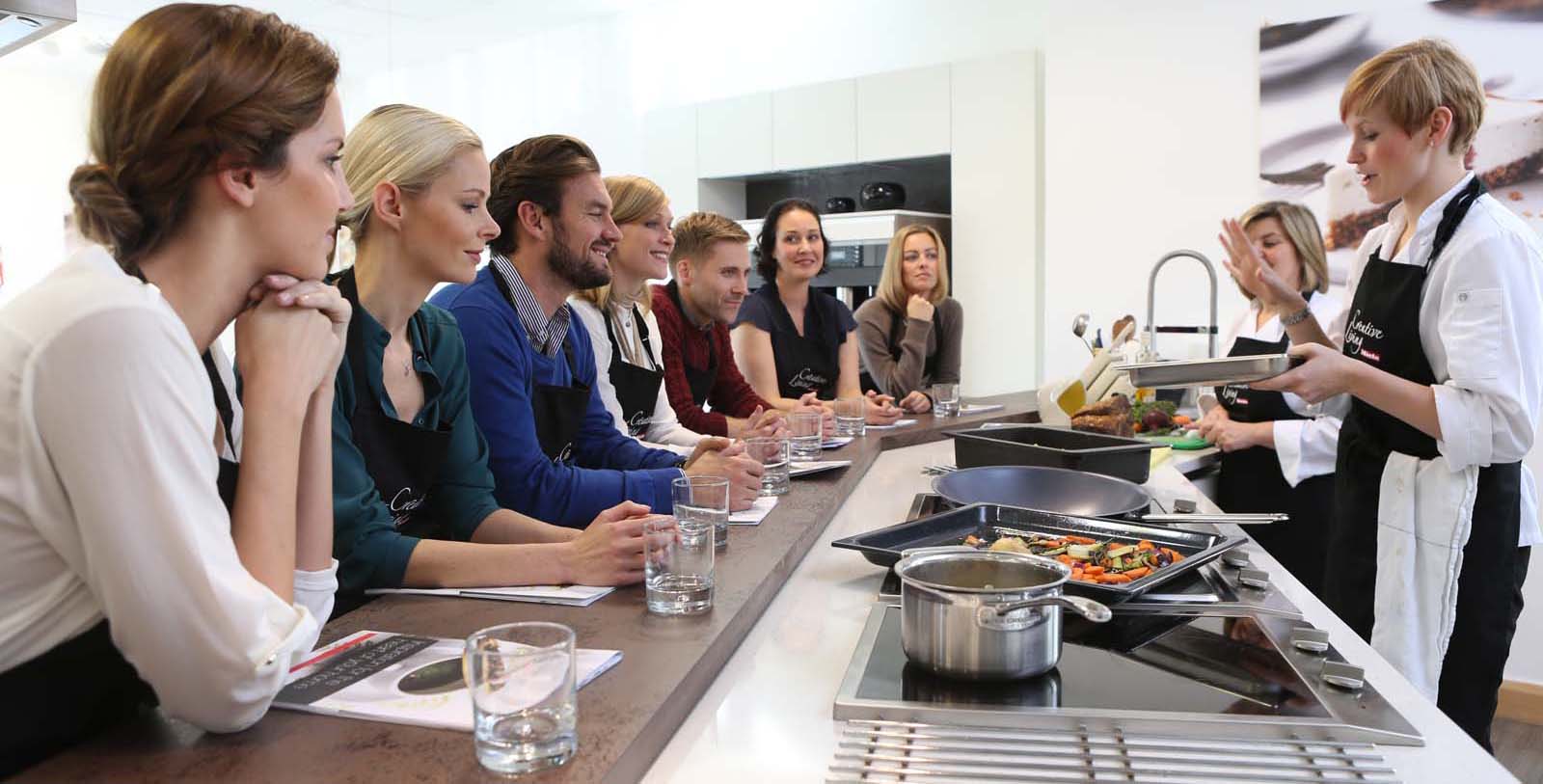It’s always a good idea to make food go further - both from a reduced waste and money-saving point of view. These days it’s more important than ever. Along with choosing ingredients that stay fresh for longer, we should also have the right appliances to keep them ultra-fresh. We can also use creative culinary ways to make them go further too. Pickling is one of the oldest methods of preservation, adding to the taste and flavour at the same time.

Fruit and vegetables are soaked in a brine of water and acid mixed with salt and this is done until they are no longer raw or easily spoiled. Typically used for fruit and vegetables, the result is a naturally sour flavour. Think pickled onions or gherkins and you can imagine that strong salt and vinegar taste that can be somewhat addictive! Vinegar and lemon are the most common acids used. When heated and canned, pickled food can be stored at room temperature for a very long time.

Pickling Origins
Almost all food cultures across the globe use pickling to preserve food. From sauerkraut in Europe and kimchi in Korea to cornichons in France and mango pickle in India. Pickling originated around 4,000 years ago using cucumbers native to India. The word itself comes from the Dutch pekel or German pókel, meaning ‘salt’ or ‘brine’. A natural way of preserving food, it fell out of favour once fridges became popular. Today we still enjoy pickled jars of goodness for their zingy flavour. Who doesn’t love a Ploughman’s Lunch with its pickled onions, pickles, chutneys and a great big hunk of cheese?
Many home cooks and chefs still pickle to preserve short-season ingredients and they are a staple of the dinner table in many countries. Those who love to make their own jams and chutneys also do some pickling on the side. Especially allotment owners who often have a glut of things like cauliflower, cucumber and radishes to use up.
Health Benefits
As well as making food last longer there are many health benefits to pickling. Fermented pickles act like probiotics, supporting the growth of healthy bacteria in the gut. Healthy bacteria produce B vitamins too. The brine kills off any harmful bacteria leaving the good bacteria to do its thing. This has the added benefit of improving digestion and preventing minor stomach problems. Nature’s own remedy if you like. If you want to have a go yourself at home, start with a quick 24-hour-ready pickle. Then work up to the fermentation and pickling method. You’ll soon be adding oomph to mealtimes in the weeks and months ahead.

Easy Pickle Recipe
If you’ve never tried it before, start with a quick and easy pickle that you can do in no time. A basic recipe comprises 1kg chopped vegetables, 550ml white wine vinegar, 200ml water and 1tbsp salt and sugar. Add any herbs or spices you fancy on top - mustard seeds, bay leaves, dill - and you’re done.
Bring the brine up to a boil. Add the vegetables for a minute, turn the heat off then after a few minutes divide into sterilised jars. Cover, wait until cool then keep in the fridge. They will be ready to eat the next day and will keep for months.
To sterilise the jars, you could place separately in a steam oven on 100˚C for 15 minutes. The Miele Vacuum Drawer is also a great way to seal jars, as you can adjust the vacuuming and sealing levels. This prevents mould or bacteria growing due to the lack of air inside. The vinegar odour can be quite overpowering so turn the extractor on and open a window.
Fermenting Food
Creating a brine is the first step in fermenting. Add 2%-4% of salt per litre of water, depending on the ingredient you are fermenting. Carrots, radishes and other root vegetables need a lower amount of salt than cucumbers for instance. Bring the water to a boil, add the salt then let it cool. Place sliced vegetables in a clean Kilner jar and top with the brine, ensuring they are fully covered. Any air that gets into the vegetables will spoil it. Pop the lid on then leave at room temperature. Let some gas escape from the jar every few days, as there will be some CO2 inside due to the fermentation taking place. This prevents the jar from exploding. Just like with a home brew beer kit! Two weeks on, put the jars in the fridge and they are ready to eat.

Planning Your Kitchen?
Discover the precision and accuracy of Miele with a complimentary 5 course taster menu that brings the appliances to life.



